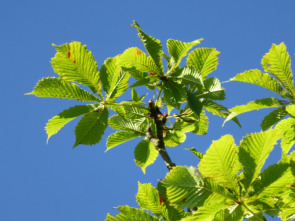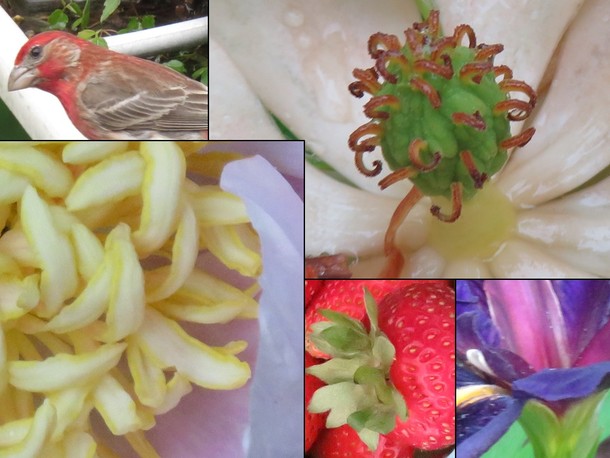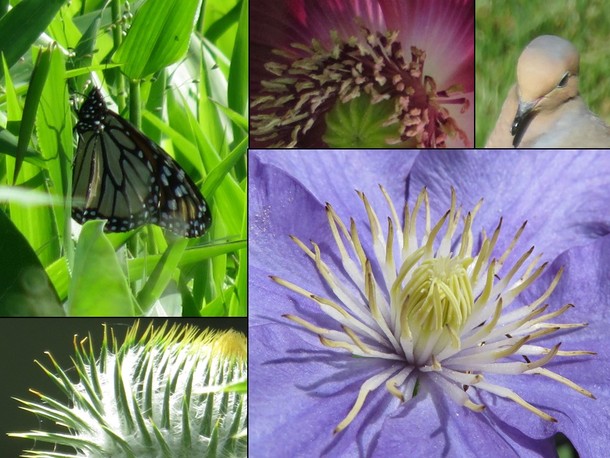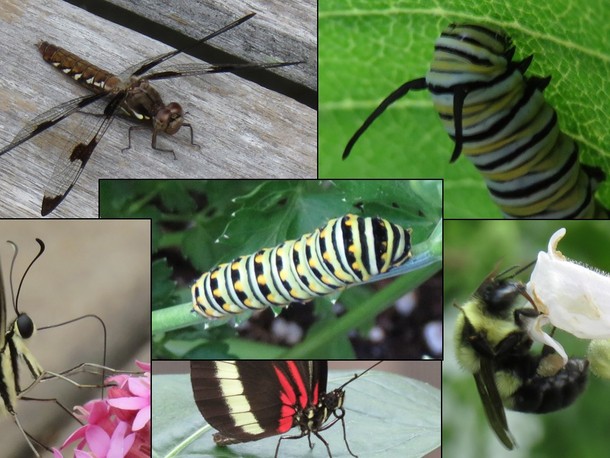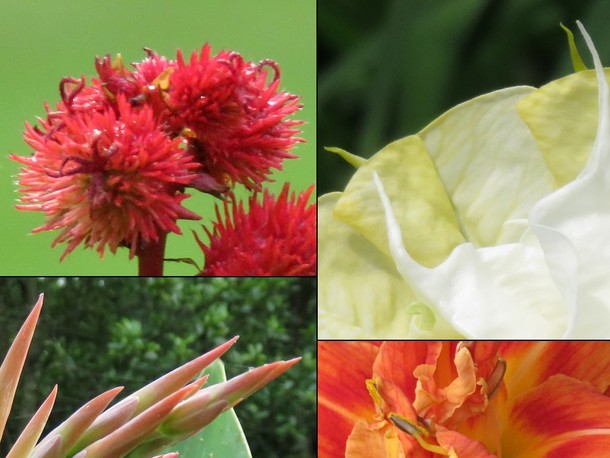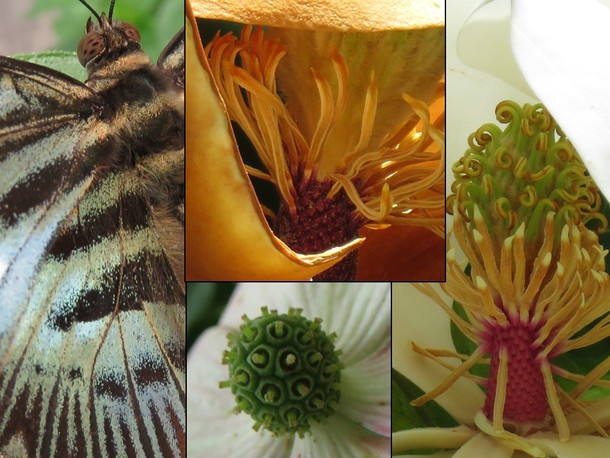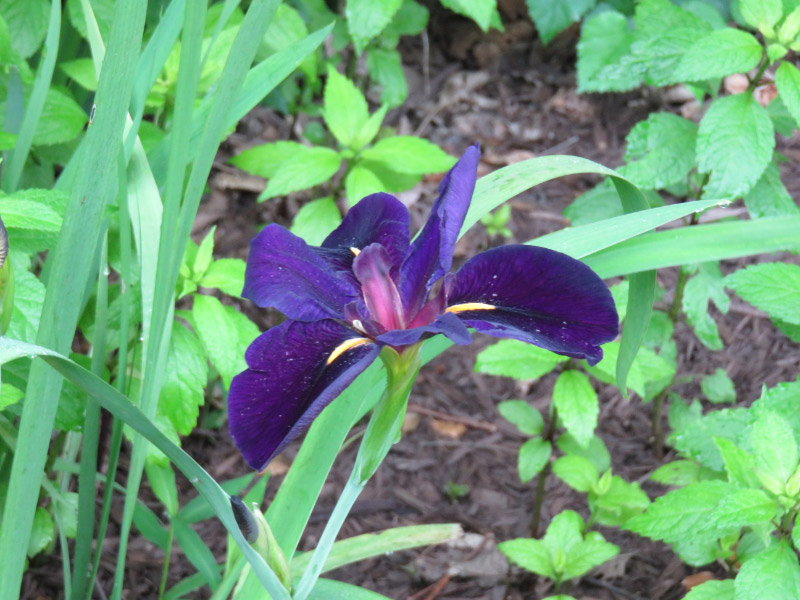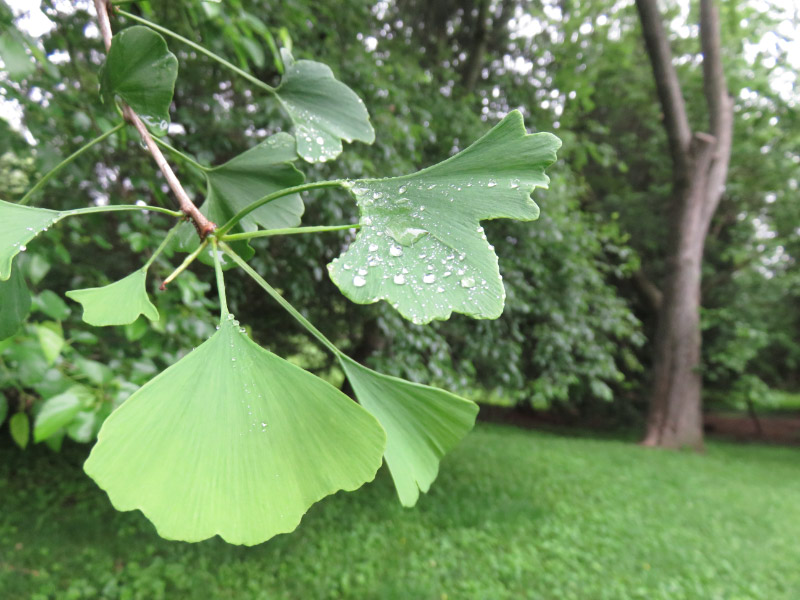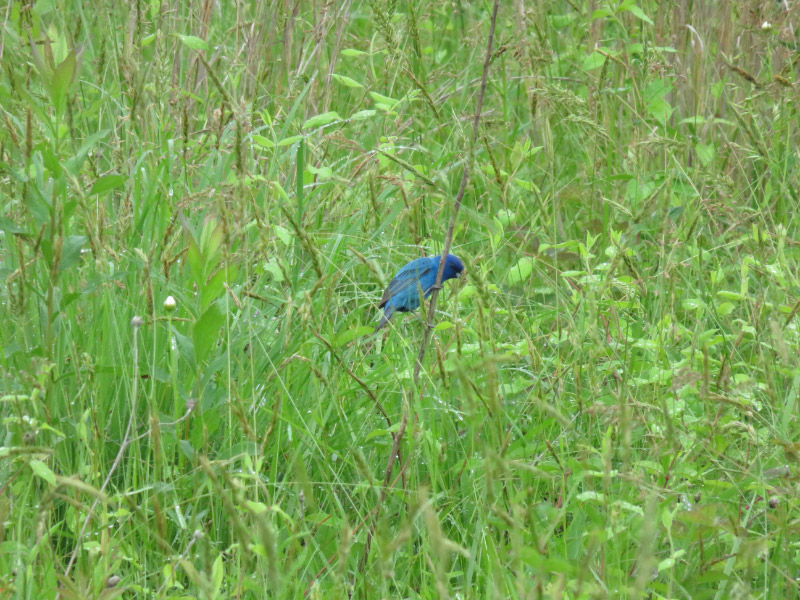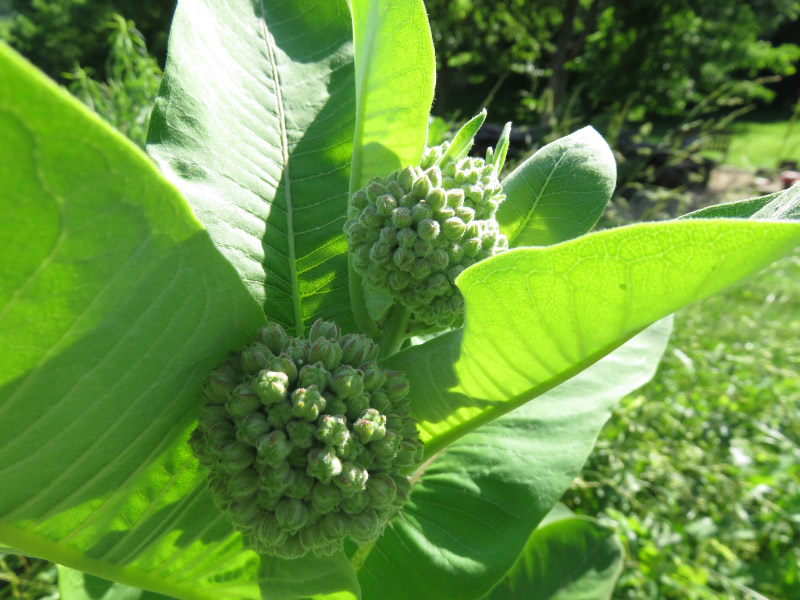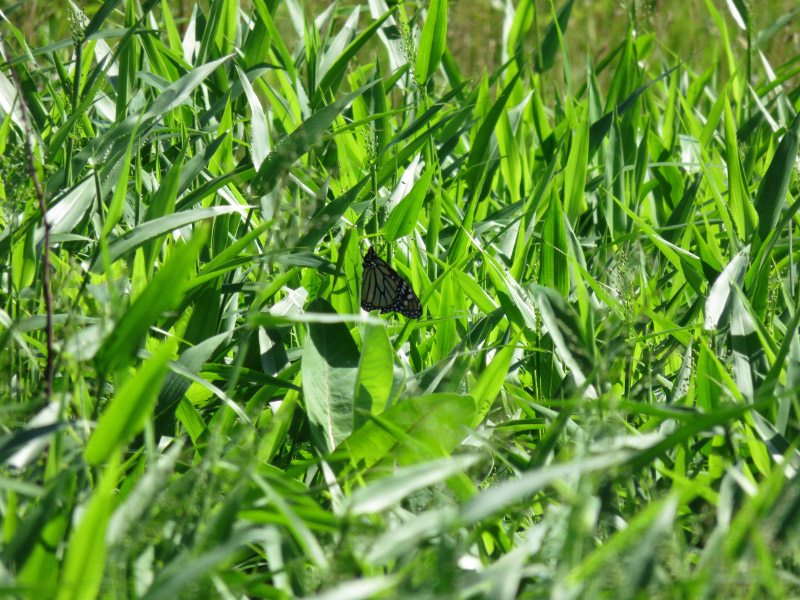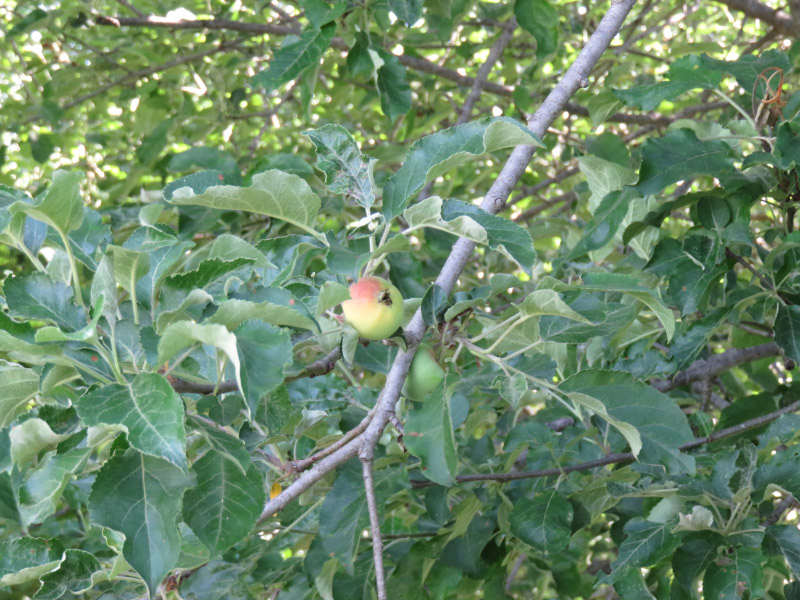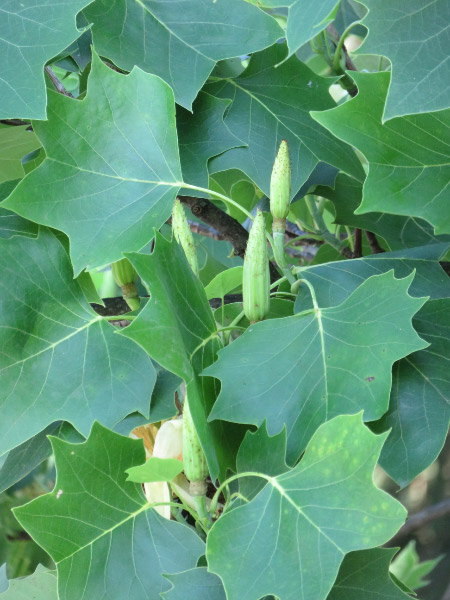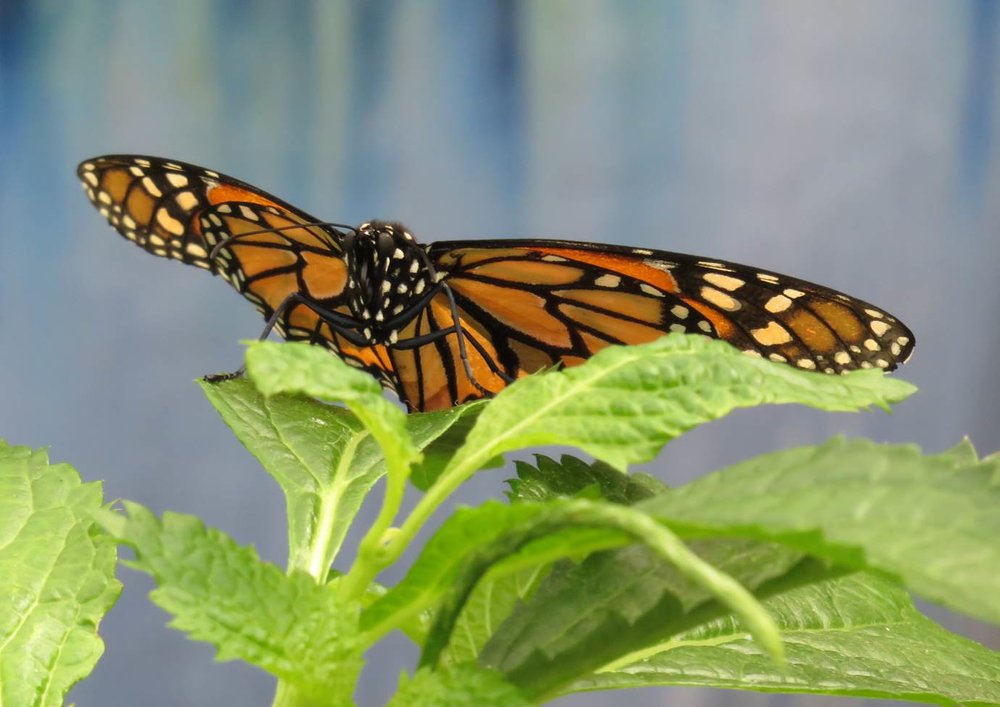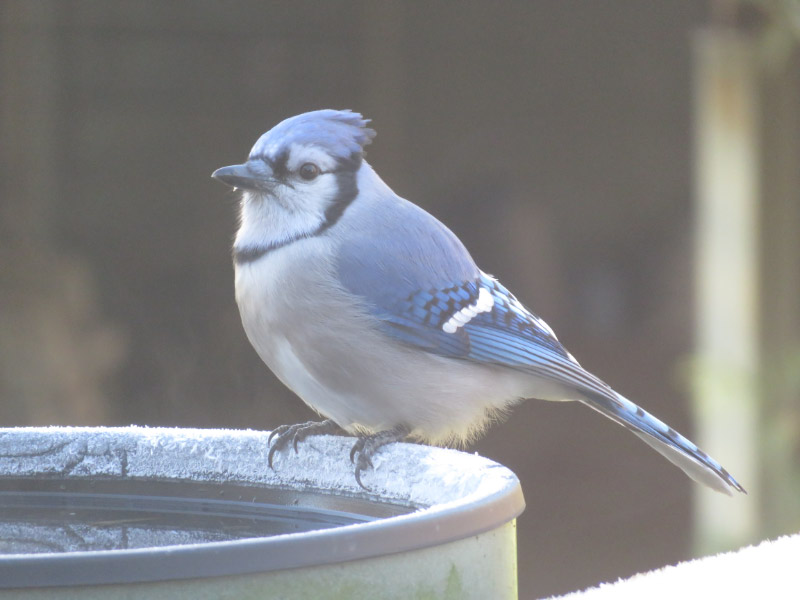Ten Days of Little Celebrations – August 2016
/August has been hot and humid…punctuated with thunderstorms and downpours of rain. There has been plenty to celebrate:
Lots of tomatoes – Our Community Supported Agriculture (CSA) provides so many different kinds – heirloom, cherry, yellow, red, orange…and I am celebrating the bounty for almost two meals a day. Last week we got a bundle of basil and I’ve had it on the counter all week; I add it to salads and sauces so frequently that I don’t think I’ll have any left to dry at the end of the week.
Homemade salsa – I had a jalapeño pepper from the CSA and combined it with tomatoes, cilantro, dried onion flakes and lemon juice/pulp in the food processor. Yummy. We’ve eaten up the first batch and I’ll be making a second one soon. It’s good food worth celebrating.
Lemon Vinaigrette – I discovered a new favorite salad dressing. I’m celebrating the change – even though I still keep a supply of my previous favorite: Green Vinaigrette.
Clean cabinet doors - I found some Murphy’s Oil Soap that we’ve had for years and cleaned the cabinet doors. There are times that ‘cleaning house’ becomes a celebration of the place we live and this was one of those times.
Home in the 1990s – I scanned pictures we had taken as we moved into the house we live in now…and the rest of the decade. Seeing the pictures again were a celebration of that time of our lives.
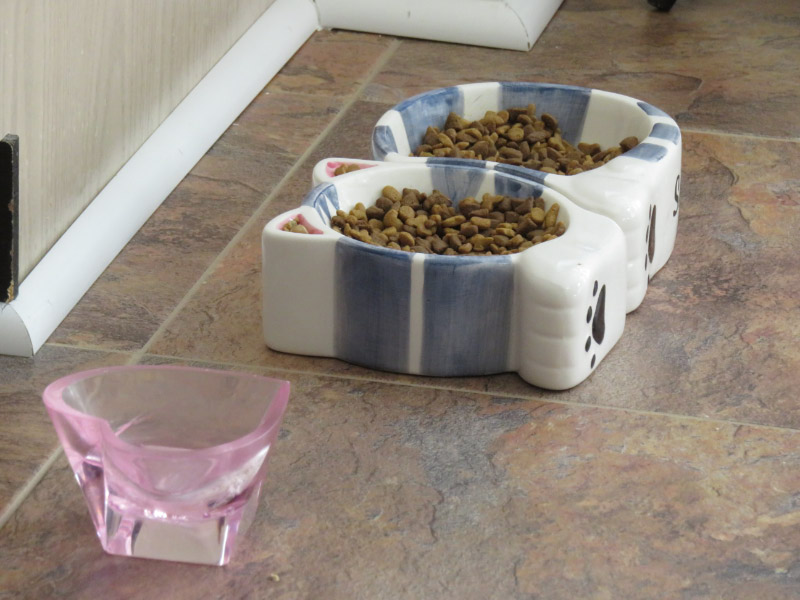 New Kitchen Floor – The new floor makes the whole room look new to me. I’m celebrating the end result…and that our decision to ‘do it now.’
New Kitchen Floor – The new floor makes the whole room look new to me. I’m celebrating the end result…and that our decision to ‘do it now.’
Wood Floor – We got the wood floor in the foyer refinished and matching wood in the office to the side of the foyer and the powder. Wow – the whole area of the house looks very clean and full of light, bigger than it looked before. Now we are thinking about where else we will put wood flooring…while we celebrate the success of this project.
Goldfinches – Every time I see the goldfinches enjoying the zinnia and sunflower seeds it is a little celebration of color and motion.
Monarch butterfly – There are not very many Monarch butterflies in our area so the one I did see near our house was a celebration.
Tree hike – The tree hike at Belmont was something I committed to do months and months ago so when it finally happened this month, it was a milestone of 2016 to celebrate.